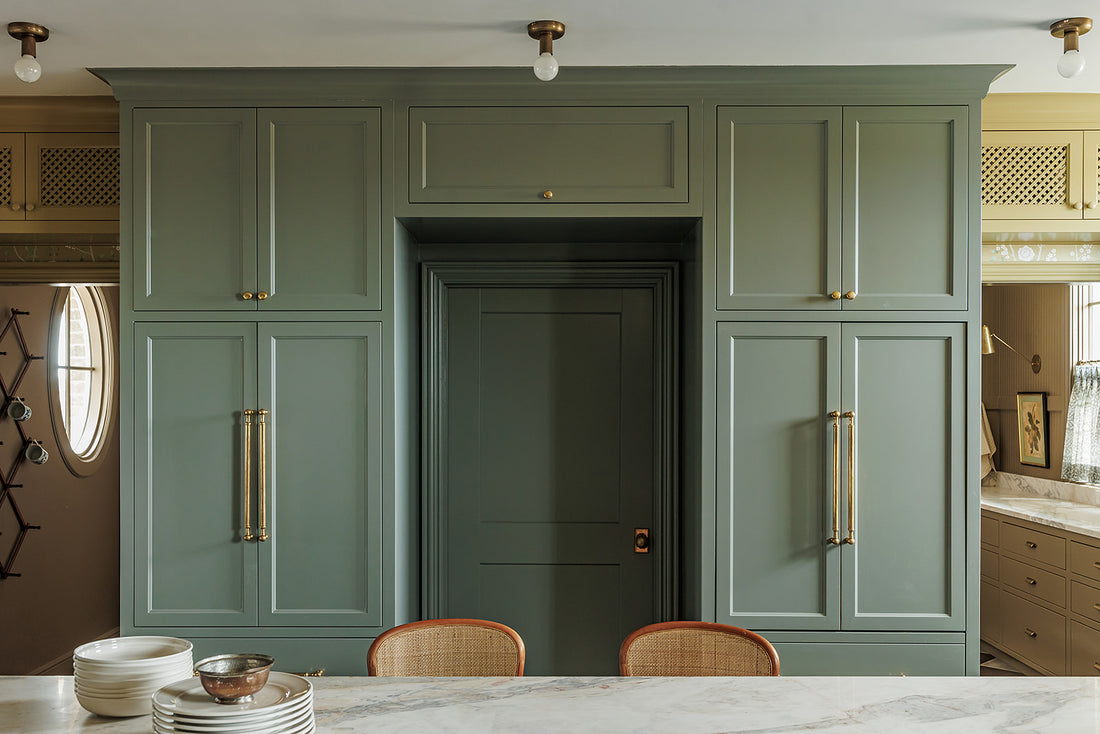
3 Rules of Good Design (and When to Break Them)
“Learn the rules like a pro, so you can break them like an artist.” - Pablo Picasso
In second grade, I entered a writing contest. I pulled out my thesaurus and got busy loading my essay with words I’d never actually used (still don’t). I’d been told over and over again to use “$10 words” so I was determined to blow the judges socks off with my vocabulary. My thesaurus and I were about to win that thing.
All the characters “exclaimed” and “vociferated.” Everyone was shouting.
I didn’t make it past the first round. I was devastated. Where did I go wrong? I used so many $10 words! Maybe even some $50 words.
Throughout the next 30 years, I learned some things. Rules and guidelines are helpful, but don’t always need to be adhered to. It’s the difference between reading a second grader’s essay full of incomplete sentences and a published author’s essay with incomplete sentences. One doesn’t know about subjects and predicates. The other is an expert on them but chooses not to follow the rules for desired effect.
One is ignoring the rules. The other is ignorant of them.
In design, many people can see a picture of a room and know it looks good. But few know why. Why does it feel cohesive? What is happening in that room to make it feel beautiful, calming, good to my senses?
There are reasons – designers learn about them in school – and these are Rebecca's Top 3.
But also, don’t forget Pablo's words. Learn these guidelines so you know them, but we also want you to be fearlessly artistic in breaking them.
1. Scale
In Interior Design, the term "scale" refers to the relative size and proportion of objects, furniture, and elements within a space. It is concerned with how these elements relate to one another and to the overall dimensions of the room.
We always consider scale. And most of the time proper scale make spaces comfortable and easy to be in.
The times we play with scale are when we want to do something eye catching and out of the ordinary. Whether it’s an oversized pendant or a petite piece of art, there are lots of ways to play around with this “rule” and create interest.

Proportional pieces that feel scaled to a space create a sense of ease. (Source: Rebecca Gibbs Design)

Playing with scale by using a very small piece of art on a larger wall space is a fun way to break the “rules” and Heidi Callier is queen of this domain.
2. Pattern or Rhythm
Rhythm is considered a pattern in the movement to bring harmony and consistency to the space. It helps to keep the users engaged, enabling them to take in every element of a room’s design. Elements of rhythm include repetition, transition, gradation, contrast, and radiation. (source)
It's always been a rule of thumb to use a large scale pattern, small scale pattern, a stripe, and a solid/texture as a general rule in a space.
This "rule" is definitely meant to be broken.

(Source: Rebecca Gibbs Design)

(Source: Salves and Graham)
3. Balance
Balance is the dispersal of the visual objects within a space to achieve a feeling of equipoise.
This principle is meant to be played with. The simplest and most classically beautiful way to achieve balance is symmetry--but it’s definitely not the only way. Balance can be created in a building’s facade, in a room, or even just in the styling of a shelf.

An example of asymmetrical balance. (Source)

A more classic example of symmetrical balance. (Source: Rebecca Gibbs Design)
While there are no hard and fast rules to achieving the perfect scale, rhythm, or balance, we suggest the tried-and-true technique of stepping back and looking. I know. It's not exactly a precise science. But the goal is to make sure the space feels weighted evenly--not necessarily with objects but with visual weight or importance.
And if all else fails, hire a designer. :)
Written by Jordan Harrell
Design Coordinator + Occasional Blogger
Rebecca Gibbs Interior Design/Oakstreet Shoppe
